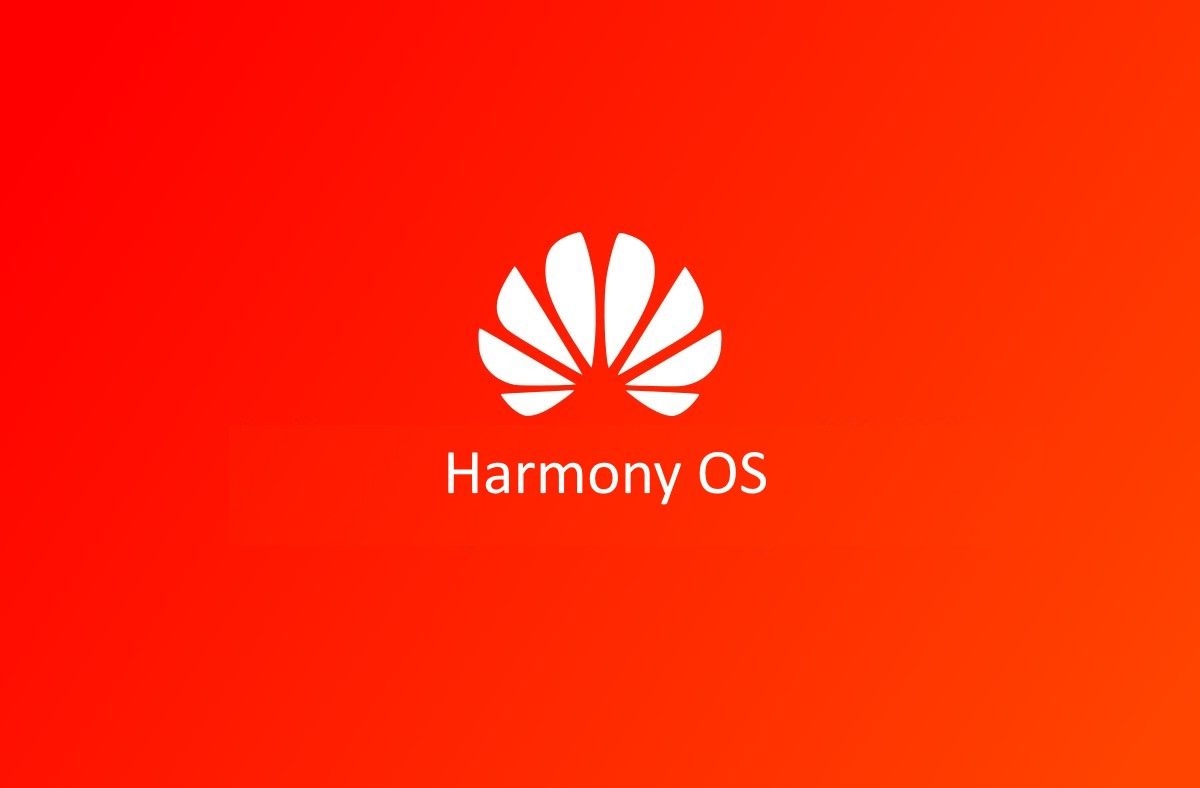When we talk about mobile operating systems, there are only two major solutions around today: Android and iOS. And Apple's tight control over iOS means that Android is the only true solution for OEMs building their own smartphones. But Android also is very much dependent on Google despite being open-source, thanks to Google's grip with GMS and the entire ecosystem of interdependency around the GMS framework. Huawei has experienced this the hard way, with odds stacked against its favor ever since the U.S. Commerce Department put it on the Entity List, cutting off the company's access to new GMS license agreements. The road without Google's assistance was tough, but Huawei trudged along with its own HMS solutions. The Chinese tech giant is far from giving up on its smartphone business, though, and it now begins a long-shot transition away from a GMS-less Android onto its own first-party OS, Harmony OS.
Harmony OS was officially unveiled one and a half years ago, with the company showcasing the Honor Vision smart TV as the first device with its first-party operating system. All through 2019, Huawei reaffirmed its commitment to Android, with plans to expand Harmony OS to devices other than smartphones and tablets. New plans were announced at HDC 2020 earlier this year, but today, the company has begun recruiting developers for the first Harmony OS 2.0 beta for mobile devices.
Huawei says that Harmony OS 2.0 comes with "over 15,000 APIs" to support development across smartphones, wearables, cars, larger displays, and many more use cases. To check out the new OS, you can either try out the emulator in Huawei's DevEco Studio IDE (version 2.0 Beta 3) from the Harmony OS official website, or you can register to receive an OTA on your supported Huawei device to migrate to the Harmony OS 2.0 beta. Once your registration is approved, you will receive an invitation from Huawei with instructions on how to install the software on your device.
The following devices are eligible to install the Harmony OS 2.0 developer beta:
- Huawei P40 (ANA-AN00)
- Huawei P40 Pro (ELS-AN00)
- Huawei Mate 30 (TAS-AL00)
- Huawei Mate 30 5G (TAS-AN00)
- Huawei Mate 30 Pro (LIO-AL00)
- Huawei Mate 30 Pro 5G (LIO-AN00)
- Huawei MatePad Pro (MRX-AL19)
- Huawei MatePad Pro 5G (MRX-W09)
- Huawei MatePad Pro Wi-Fi (MRX-AN19)
As is expected of a Developer Beta, this is unstable software that is intended only for developers to begin their work on the platform. As such, you should absolutely be backing up your data before upgrading to the new OS. It is possible to roll back to official EMUI 11 based on Android, but the rollback will expectedly delete all user data.
Some developers with access to the emulator have posted sample screenshots of their apps running on Harmony OS 2.0 on the Huawei Developer Community.
At first glance, these sample screenshots showcase that Harmony OS looks pretty much like what EMUI 11 based on Android looks like on the Huawei P40. The developer documents mention that apps are coded in Java and the layouts are defined in XML files, similar to Android. We guess Huawei is hoping to make the new OS as familiar to Android app developers as possible in order to minimize obstacles in migrating to a new OS and accompanying ecosystem. Early adopters have also mentioned that (translated) "Android development ideas can be applied to Hongmeng (Harmony OS) development, greatly speeding up the development of Hongmeng", which makes sense, though we haven't dug into the new OS or documentation to verify how true this statement is.
Here are some helpful links if you are interested in getting started:
- Harmony OS Documentation
- Huawei DevEco Studio 2.0 Beta 3 Announcement
- Harmony OS 2.0 Beta Sign Up Page
A lot of the documentation currently is in Chinese, and the source code has not yet been released, so there is a fair bit of exploration left on this end. We'll keep you updated.

